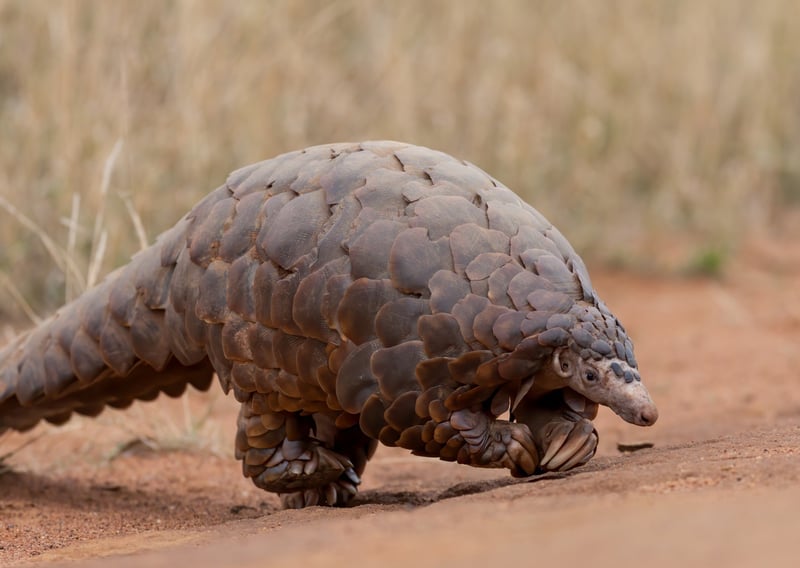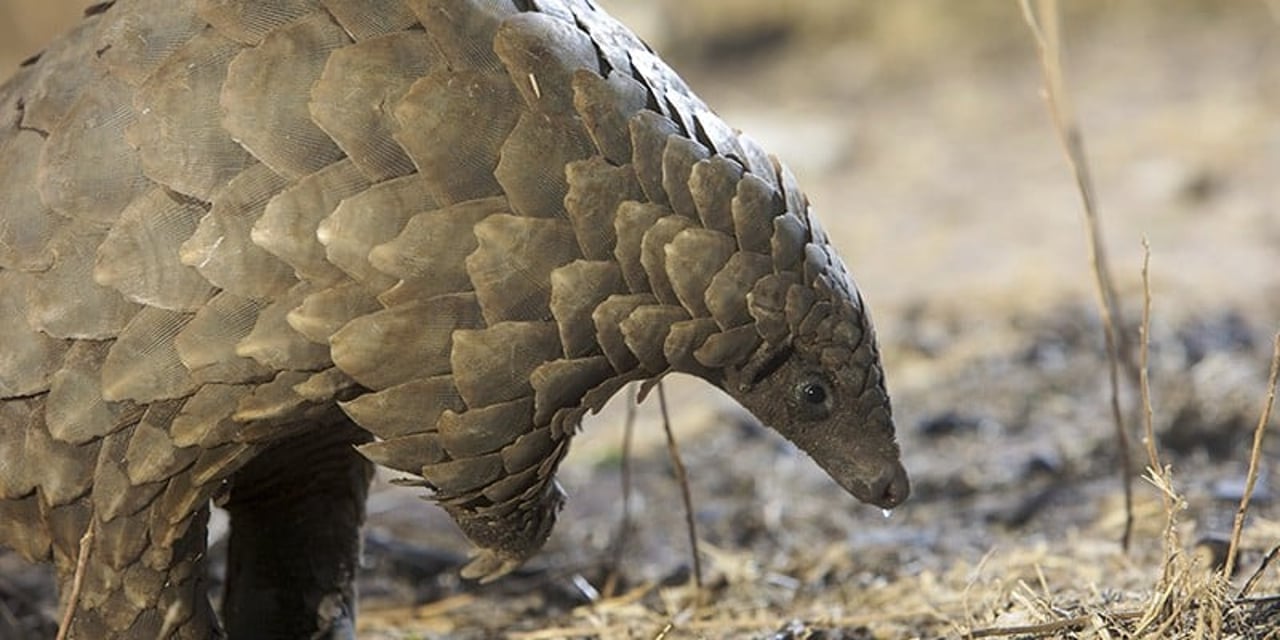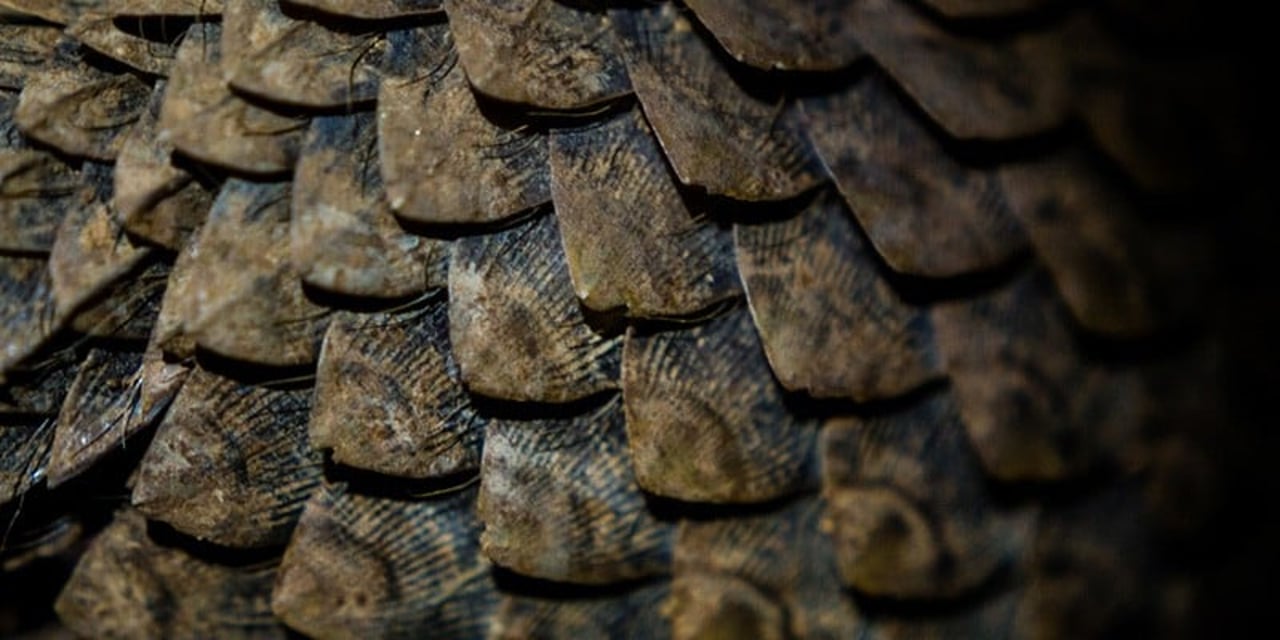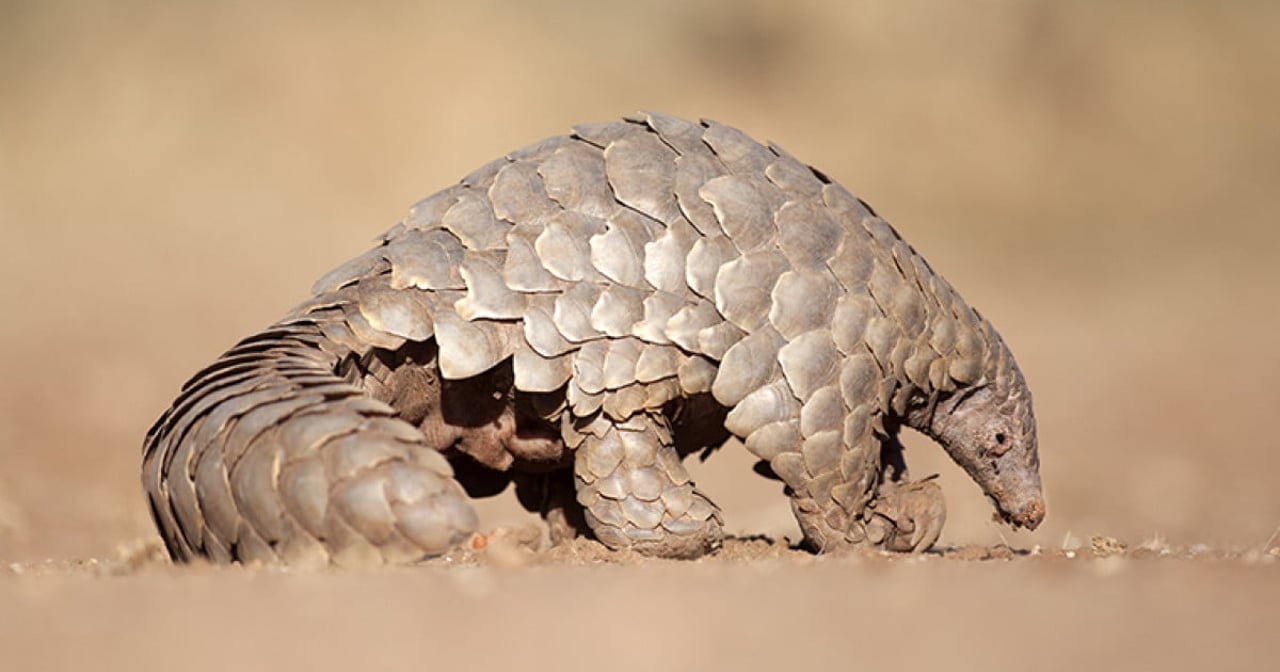
Widely misunderstood creatures, pangolins are the most heavily trafficked wild mammal in the world. Discover new facts about these fascinating and endangered animals.
Pangolins are shy, sensitive, scaly-skinned mammals that help keep our planet healthy. They do a great job of pest control – each one can eat up to 70 million insects annually. This protects food supplies for whole eco-systems, aerates the soil and allows other insects and mammals (including people) to thrive.
Sadly, pangolins are also the most heavily trafficked wild mammal in the world, and their populations are under serious threat. Here’s a look at why we should protect them.
Image: a wild pangolin. Credit: iStock/Getty Images
Pangolin facts
There are eight pangolin species native to Africa and Asia. They live in a variety of habitats including forests, thick brush, cleared and cultivated areas, and savannah grassland.
The largest pangolin is the giant ground pangolin. It can weigh around 33kg with a total length of 180 cm long; its smallest cousin, the black-bellied pangolin weighs up to just 3.6kg.
Pangolin scales
Their scales are made of keratin, the same hard material as human nails. They grow throughout a pangolin’s life and make up around 20% of its weight. The scales behave like armour, protecting their owners from the sharp teeth and claws of predators like lions, hyenas and leopards.
To hide their softer underbellies and to protect themselves, pangolins roll themselves into a tight ball. This rolling motion is how they get their name; it derives from the Malay word ‘penggulung’ meaning roller.
Image: pangolin scales up close.
Building burrows
Depending on the species, pangolins live in hollow trees, burrows, or a mixture of the two.
Burrows can be very complex underground structures with as many as 10 separate concealed entrances. Those built by giant ground pangolins can be four metres deep and some of the tunnels 30 metres long.
Hollow trees are also used by pangolins as temporary homes when they search for food away from their main burrows. They may also use them as safe places where they can care for their babies.
Pangopups
Their babies are small and have soft, pinkish-white scales when they are born. There are usually one, sometimes two pangolins in a litter. Their mothers nurse them in their burrows or trees, and curl themselves around the babies to protect them from danger.
When the babies are a month old, their mothers take them out of the burrow by carrying them around at the base of their tails.
Pangolin babies drink their mothers’ milk for three to four months and start eating insects at around one month.
Image: a wild pangolin digging for ants. Credit: Adobe Stock
Wild decline
All eight pangolin species are protected under national and international laws, but this has not stopped them being illegally traded for their scales and meat in huge numbers. Pangolin scales are used in traditional Asian medicine.
It’s estimated that more than a million individual pangolins were taken from the wild between 2000 and 2013. This makes them the most trafficked wild mammal in the world.
Moving the world for pangolins
With your help we will stop the cruelty that the wildlife trade for medicine and meat inflicts on the world’s pangolins. We are working to end the cruel global wildlife trade. With your support, we can keep these shy and environmentally important animals in the wild where they belong.
Make a difference. Join our community.
We campaign to improve animals' lives in the UK and around the world. Why not join us today?


